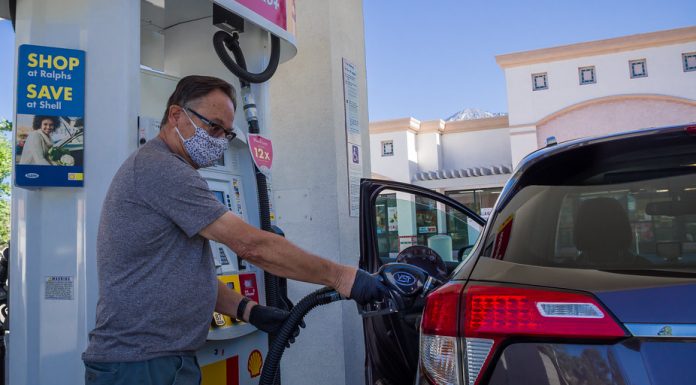The American Automobile Association warned that gas prices, already up 40% since the start of the year, will continue to climb this summer, reaching as high as $3.25 on average nationwide by the end of August.
“Robust gasoline demand and more expensive crude oil prices are pushing gas prices higher,” said Jeanette McGee, AAA spokesperson. “We had hoped that global crude production increases would bring some relief at the pump this month, but weekend OPEC negotiations fell through with no agreement reached. As a result, crude prices are set to surge to a seven year-high.”
The last time prices were this high was during the previous Biden administration in 2014 under Barack Obama, which employed similar policies to restrict supply of gasoline.
Gas prices typically peak in early June. NOT this year. AAA expects the avg price at the pump to jump another 10-20 cents this summer. #crudeoil prices fueling the increase. #gasprices
— AAA Hartford News (@AAAHartfordNews) July 6, 2021
In the fall of 2014, oil prices hit $76.40.
Prices are so high that even CNN is suggesting that Biden try to open up the supply, but not with U.S. supplies of shale oil, rather with Middle East OPEC oil.
“Until now, the Biden administration has taken a hands-off approach with OPEC, in stark contrast with former President Trump, who famously was obsessed with tracking financial markets and repeatedly blasted OPEC for failing to pump enough oil,” said CNN.
The American Energy Alliance predicted last year that the Biden bans on fracking and oil production on federal lands would send oil prices skyrocketing this year, and so far those predictions have proved correct.
Every one-cent increase in the price of gasoline = $1.23B increase in costs over a year for US consumers. Since the first of the year gas prices increased 87 cents/gallon = $107B increased costs per year for US consumers and AAA expects gas prices to increase +10-20 cents by Aug
— Mark J. Perry (@Mark_J_Perry) July 7, 2021
“The United States would also lose its energy independence from the Middle East,” said the AEA, “importing more than 40 percent of its oil and petroleum supplies by 2030. It would also result in the United States importing almost 30 percent of its natural gas.”
While it’s apparent that the U.S. under Biden is again dependent on Middle East oil supplies to fuel its economy, the AEA also says that the ban will cost 7.5 million American jobs in 2022, losses of $7.1 trillion in GDP by 2030 and a reduction in household incomes by $5,400 annually.

